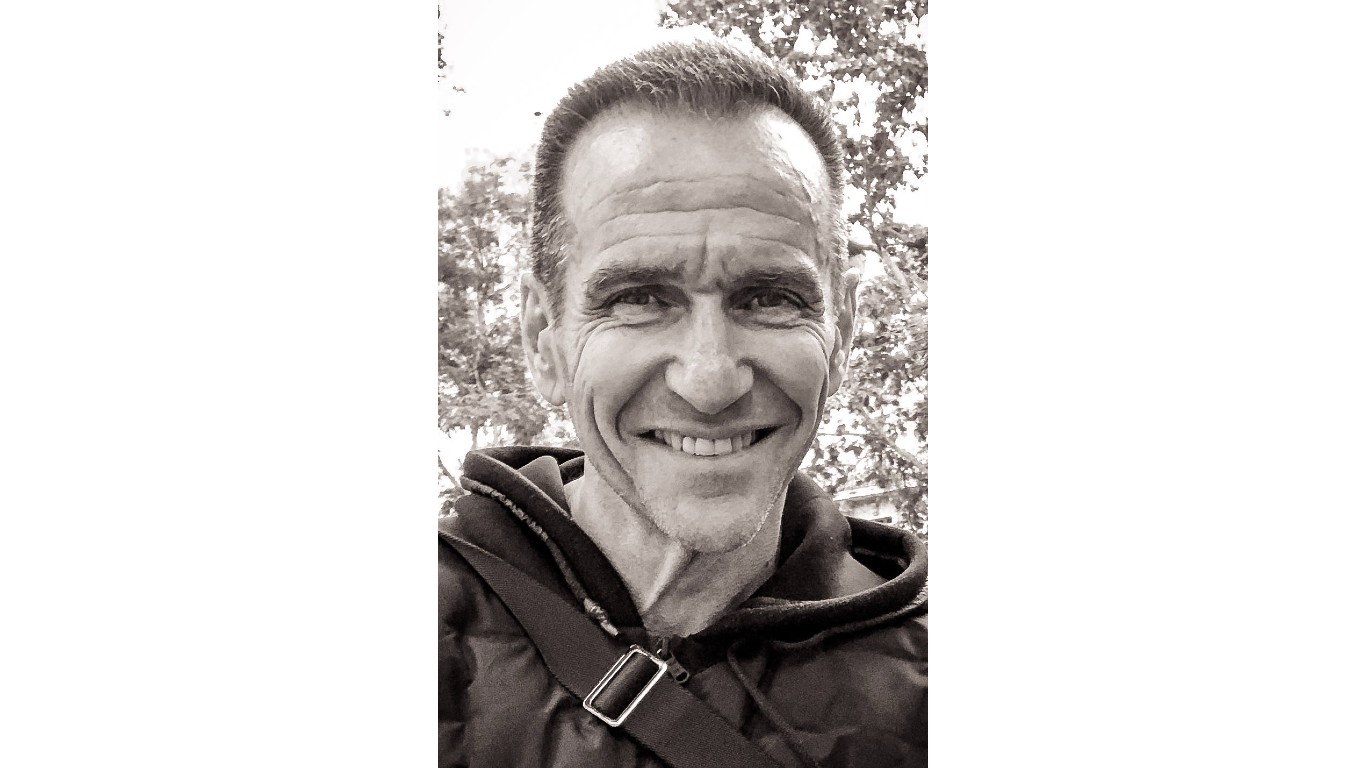
Over the half of September, residents of the Philadelphia suburbs lived in fear, following the escape of Danilo Cavalcante from Chester County Prison in West Chester, Pennsylvania. Wanted for murder in his native Brazil and convicted of another murder in the U.S., Cavalcante was serving a life sentence when he broke out by crab-walking up the prison walls, pushing through a barbed wire fence, running across a roof, then scaling another fence before disappearing into the nearby woods. The community breathed a sigh of relief when he was recaptured 13 days later.
Throughout history, thousands and thousands of people have escaped from various places in which they were incarcerated – courthouse holding cells, jails, prisons, prison camps, and other institutions. Most of them were eventually recaptured, or killed while getting away, though some eventually earned pardons, lived out their lives under new identities, or simply disappeared.
Some prison escapees are famous – like the Venetian adventurer and roué Giacomo Casanova, the Old West gunfighter Billy the Kid, the legendary bank robber Willie Sutton, and the serial killer Ted Bundy. Others are anonymous, or known only for their jailbreaking exploits. (Here’s a list of celebrities who are currently in or have been to prison.)
Often, prison escapes are the result of patient, meticulous planning. Sometimes, though, they are spur-of-the-moment actions, taking advantage of a momentary lapse in surveillance. Bribery of prison officials is sometimes involved in jailbreaks, and some are accomplished by brute force and result in casualties.
To assemble a list of what may well be the 25 most famous prison breaks of all time, 24/7 Tempo consulted numerous sources, including History, Britannica, and the website of the FBI.
Click here to read more about the 25 most famous real-life prison breaks of all time
The prison breaks on our list range from the clever escape of a Dutch philosopher in 1621 (he got out hidden in a book chest) to the insider-assisted getaway of two murderers in 2015. While criminals gaining their freedom illicitly is never a good thing, some of the escapes here are to be applauded, like those of Union officers from a Rebel POW camp in 1864 or the escape of nine Polish prisoners from the horrors of Auschwitz in 1942. (These are 25 famous prisoners of war.)

Hugo Grotius
> Place of incarceration: Loevestein Castle, Netherlands
> Year(s): 1621
A Dutch jurist, theologian, and philosopher, Grotius – who has been called “the father of international law” – was imprisoned for life on charges of heresy and political sedition by the Calvinist faction then dominant in the Dutch Republic. After about 18 months in jail, he escaped hidden in a book chest with the help of his wife and a servant, and spent most of the rest of his life in Paris.
[in-text-ad]

William Maxwell, 5th Earl of Nithsdale
> Place of incarceration: The Tower of London, England
> Year(s): 1716
A Scottish nobleman associated with the Jacobites, supporters of the exiled Roman Catholic Stuart monarchs, Maxwell was convicted of treason and sentenced to death. The night before his scheduled execution, his wife visited him with her maid. Maxwell changed clothes with the maid and made his escape. He and his wife lived out their lives in Rome.
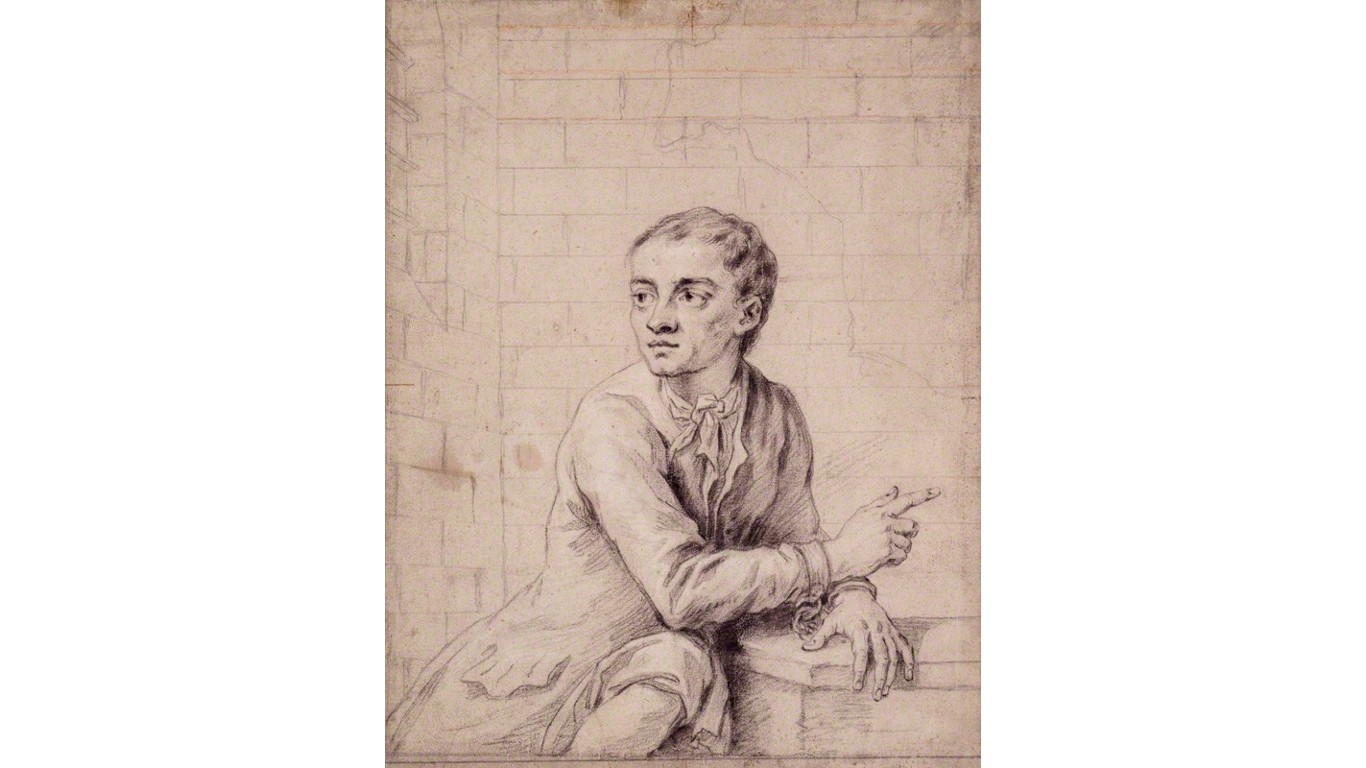
Jack Sheppard
> Places of incarceration: St. Gile’s Roundhouse, New Prison, and Newgate Prison, London
> Year(s): 1724
A lifelong criminal, especially adept at burglary, Sheppard was repeatedly thrown into prison and repeatedly made his way out. The first time, he broke through the ceiling of his cell and descended on a rope made of sheets, then mingled with the crowd that had gathered upon news of an attempted jailbreak and casually walked away. The second time, he and his mistress, imprisoned together, pulled a bar from the cell window, again used knotted sheets to reach the ground, then climbed over a 22-foot fence. The next time, he worked a bar out of a cell window, then donned women’s clothes to get away unnoticed. In his fourth and last escape, he managed to unlock his handcuffs, then somehow got himself to the roof of a neighboring building while still in leg irons. He enjoyed two weeks of freedom before being recaptured, after which he was quickly hanged. His unlikely escapes made Maxwell a folk hero, and he is said to have been the model for Fagin in “Oliver Twist.”
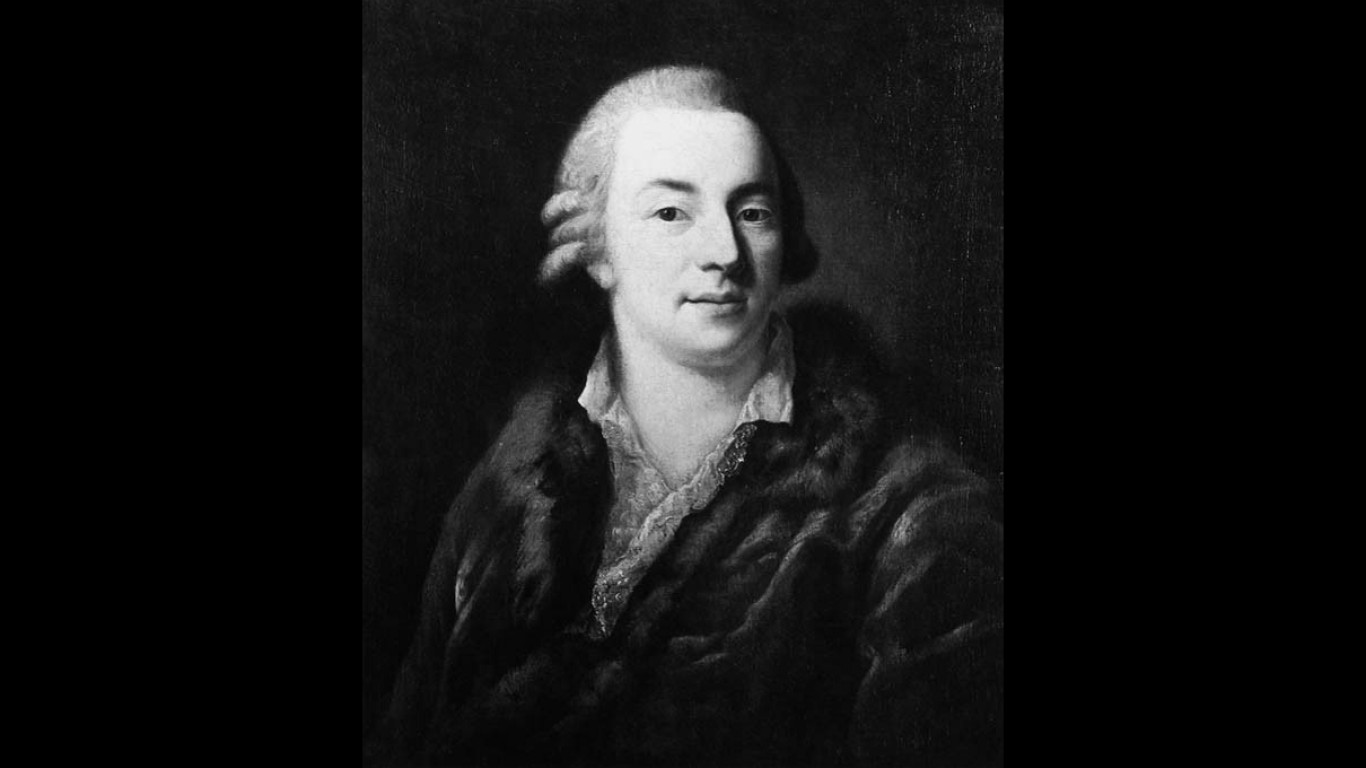
Giacomo Casanova
> Place of incarceration: Piombi prison, Venice
> Year(s): 1757
The famed Venetian-born adventurer, whose numerous seductions and affairs have made his name a synonym for “lover,” was arrested for “public outrages against the holy religion” and imprisoned in the Piombi, or “Leads” (as in the metal), in the Doge’s Palace. A sympathizer smuggled tools into his cell – hidden in a plate of pasta, according to some accounts – and Casanova used them to remove bars from his window, after which he climbed across the roof of the building and lowered himself to the ground with knotted bedsheets. He got away by gondola and made his way to Paris. He spent the rest of his life traveling the continent, even returning safely to Venice and one point, and died at the age of 73 in what is now Czechia.
[in-text-ad-2]
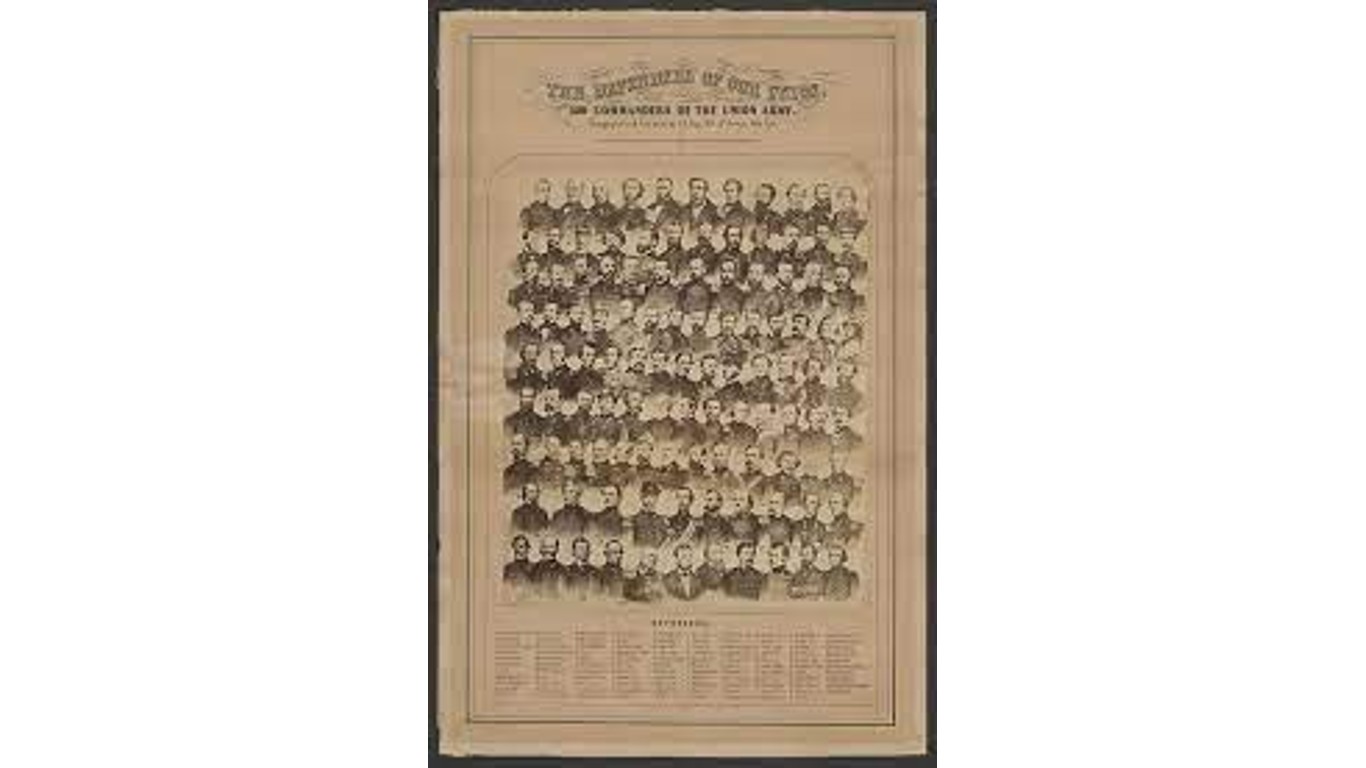
109 Union Army officers
> Place of incarceration: Libby Prison, Richmond, Virginia
> Year(s): 1864
Prison breaks were not uncommon during the Civil War, but the most famous example occurred when a group of Union officers made their way out of this Confederate prison. Led by Colonel Thomas E. Rose, a large group began digging a tunnel with improvised tools, working at night and concealing signs of their labor during the day. Their first attempt met with a body of water and was abandoned, and the second ran into the building’s foundation, but the third tunnel was successfully extended to a tobacco shed about 50 feet outside the prison walls. About 60 of the escapees, including Rose, made it safely to Union lines, while the rest were recaptured.
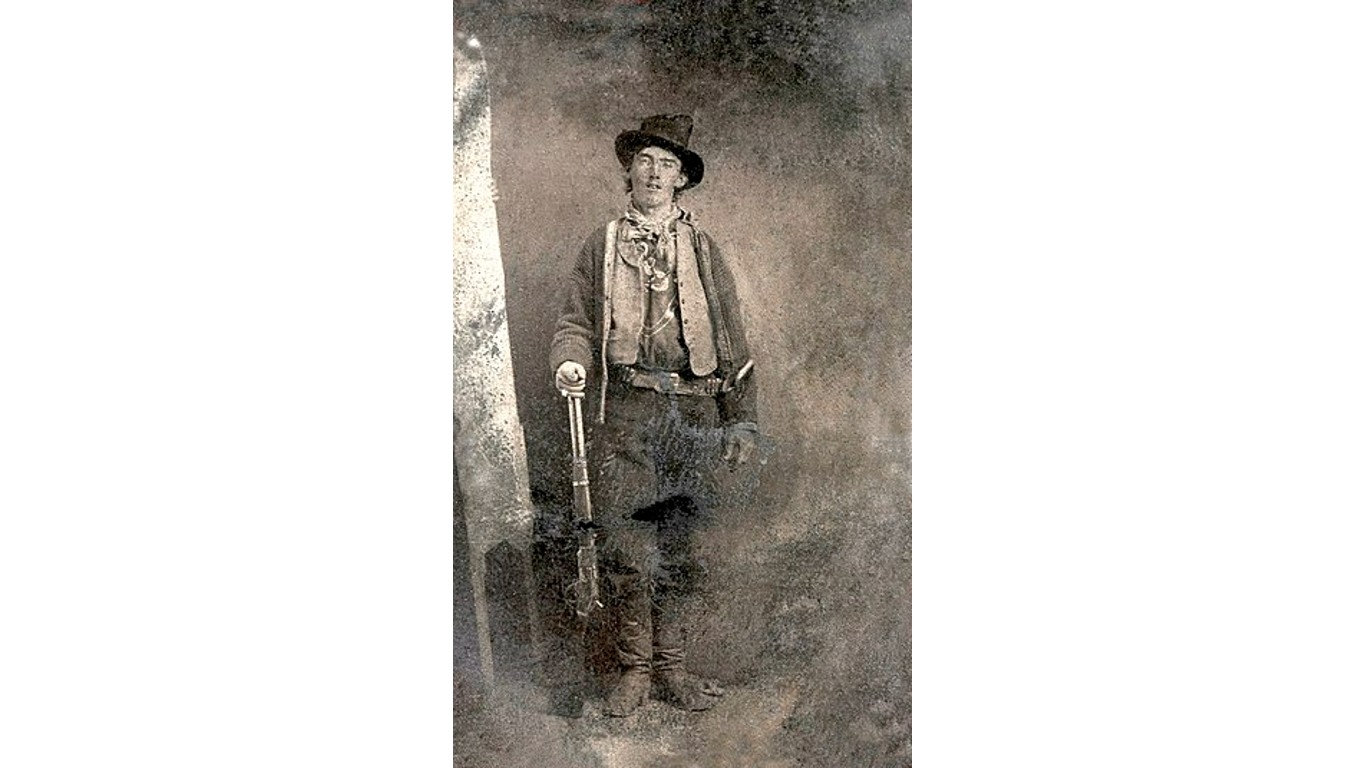
Billy the Kid (William H. Bonney/Henry McCarty)
> Place of incarceration: Lincoln County courthouse, Lincoln, New Mexico
> Year(s): 1881
After Sheriff Pat Garrett captured William Bonney – aka Billy the Kid – in late 1880, he was tried and convicted of murdering another sheriff. Sentenced to death, he was shut into a room on the top floor of the Lincoln County courthouse. After asking a deputy to take him downstairs to use the outhouse, Bonney slipped out of his handcuffs, shot the deputy, then shot another lawman and cut his leg irons off with an ax, leaving town on a stolen horse. Garrett tracked him down three months later and shot him to death.
[in-text-ad]
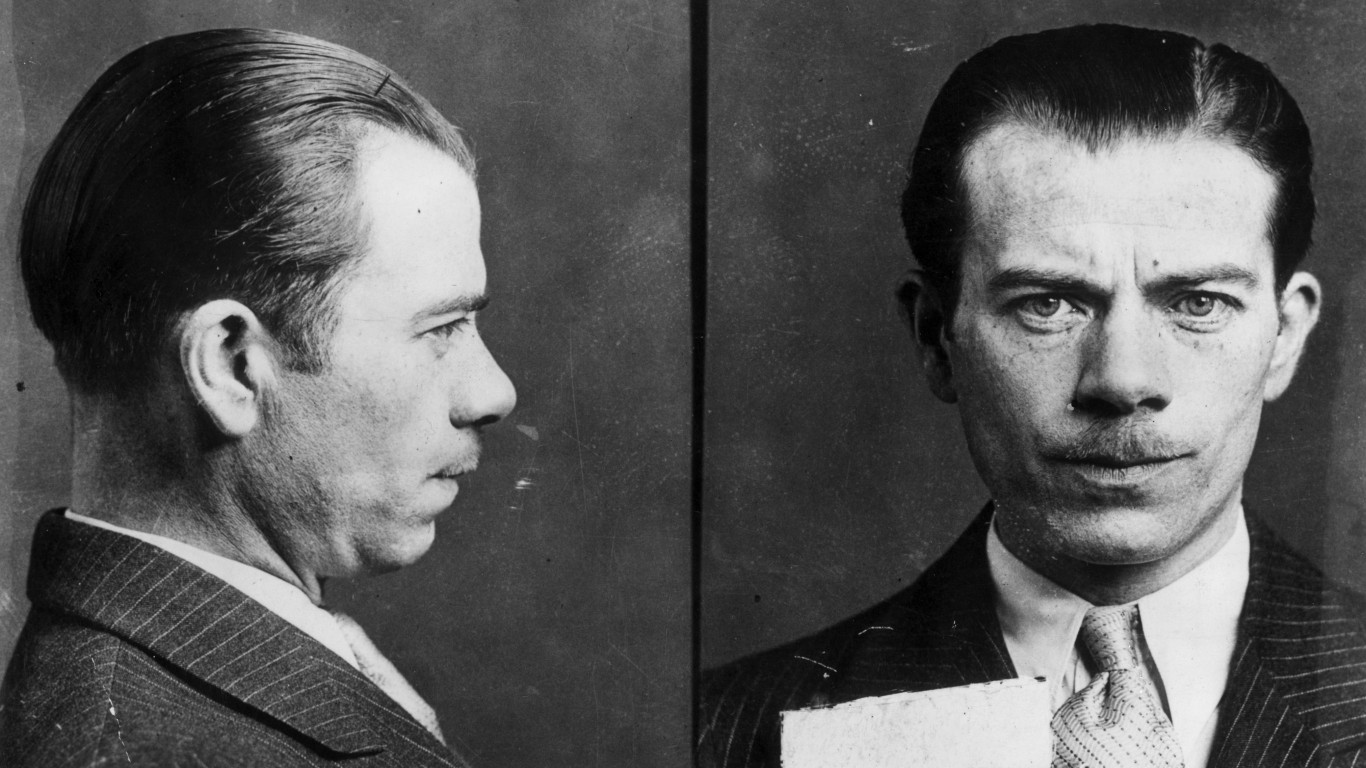
Willie Sutton
> Places of incarceration: Sing Sing Prison, Ossining, New York; Eastern State Penitentiary and Holmesburg County Prison, Philadelphia
> Year(s):1932, 1945, 1947
The so-called “gentleman thief” who became America’s most famous bank robber over his 40-year criminal career – he once responded to the question of why he robbed banks by saying “Because that’s where the money is” – made numerous attempts to escape incarceration, succeeding three times. He and another inmate sawed through bars on their cells, picked locks, and climbed over the Sing Sing wall on two ladders tied together. He remained at large for just over a year. Transferred to prison in Philadelphia, he and 11 other prisoners dug a 99-foot-long tunnel over an 11-month span, then crawled out. They all quickly surrendered or were recaptured – Sutton less than an hour after he’d gotten free. Finally, he escaped from a county prison with the aid of a gun and hacksaw blades smuggled into his cell, then put on a guard’s uniform to make his getaway. This time he was at large for four years. After going back to jail, Sutton was released in 1969, gave lectures on prison reform and bank security, and died at 79 in Florida.
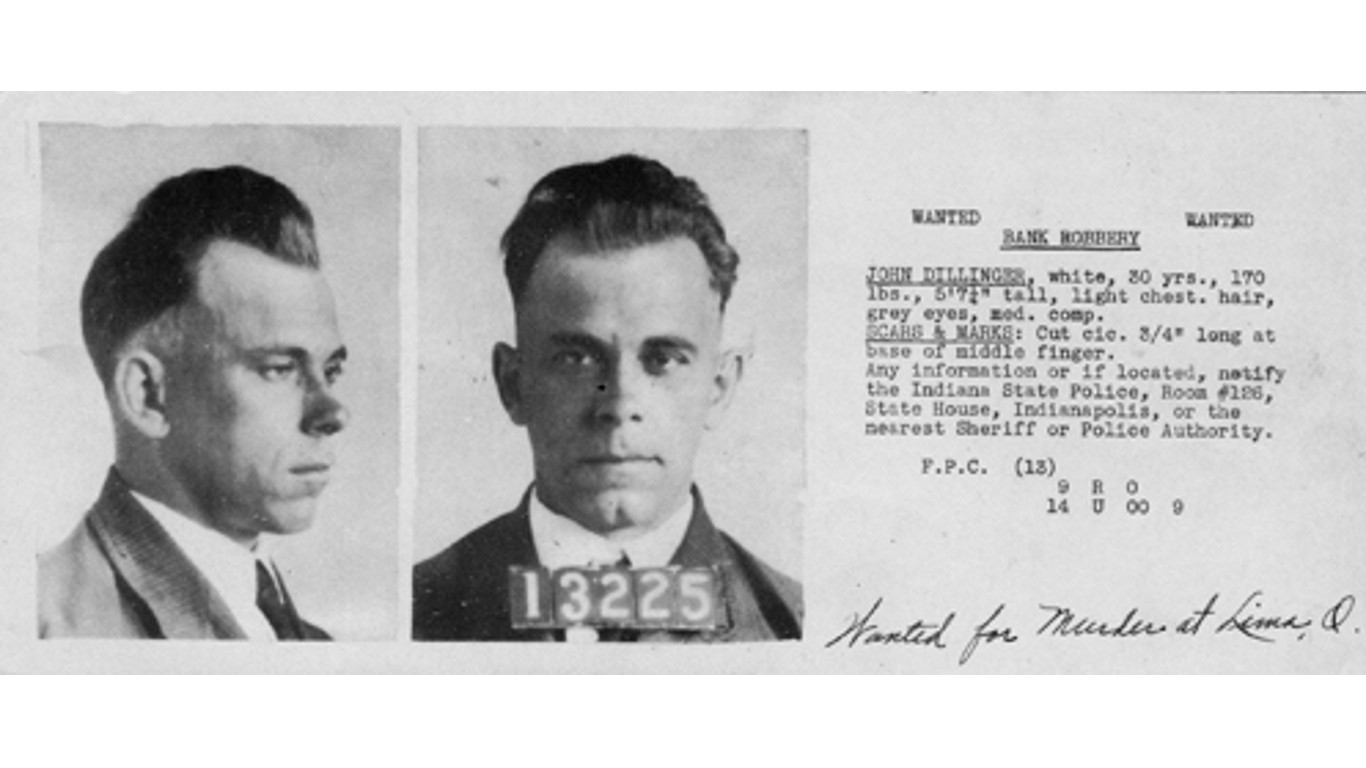
John Dillinger
> Place of incarceration: Lake County Jail, Crown Point, Indiana
> Year(s): 1934
The notorious bank robber, who became a Robin Hood-like media hero in Depression Era America, was imprisoned in Crown Point to await trial for the murder of a policeman. After just over a month behind bars, he suddenly pulled a pistol – which might have been real but was possibly carved out of wood – and held the guards at bay while he walked away from the exercise yard. He continued his crime spree, but the madam at a brothel he frequented in Gary, Indiana, set him up and he was shot and killed by the Bureau of Investigation (what is now the FBI) after exiting a movie theater, where he and a girlfriend had just watched a Clark Gable movie.
Yoshie Shiratori
> Places of incarceration: Aomori, Akita, Abashiri, and Sapporo prisons, Japan
> Year(s): 1936, 1942, 194, 1947
A professional gambler, Shiratori was reportedly falsely convicted of robbery and murder and sent to prison in Aomori on the northern tip of Honshu, Japan’s most populous island. He soon opened his handcuffs with a piece of wire from a bucket, and got out through a cracked skylight. Recaptured three days later, he was sent to a prison not far from Aomori and put in a supposedly escape-proof cell. Again, he got out through a skylight, but was rearrested three months later. Sent to Japan’s northernmost prison on the island of Hokkaido, he corroded his handcuffs and his cell’s food delivery slot over a period of months with miso soup, then intentionally dislocated his shoulders, allowing him to slip out through the slot. He was arrested two years later after stabbing a farmer to death while trying to steal a tomato. Sentenced to death, he was sent to Sapporo and put in another “escape-proof” cell. This time he used miso soup bowls to dig a tunnel in the floor. A year later, he turned himself in, and his death sentence was revoked. He served 14 more years in prison, then was released for good behavior, dying of a heart attack 18 years later.
[in-text-ad-2]
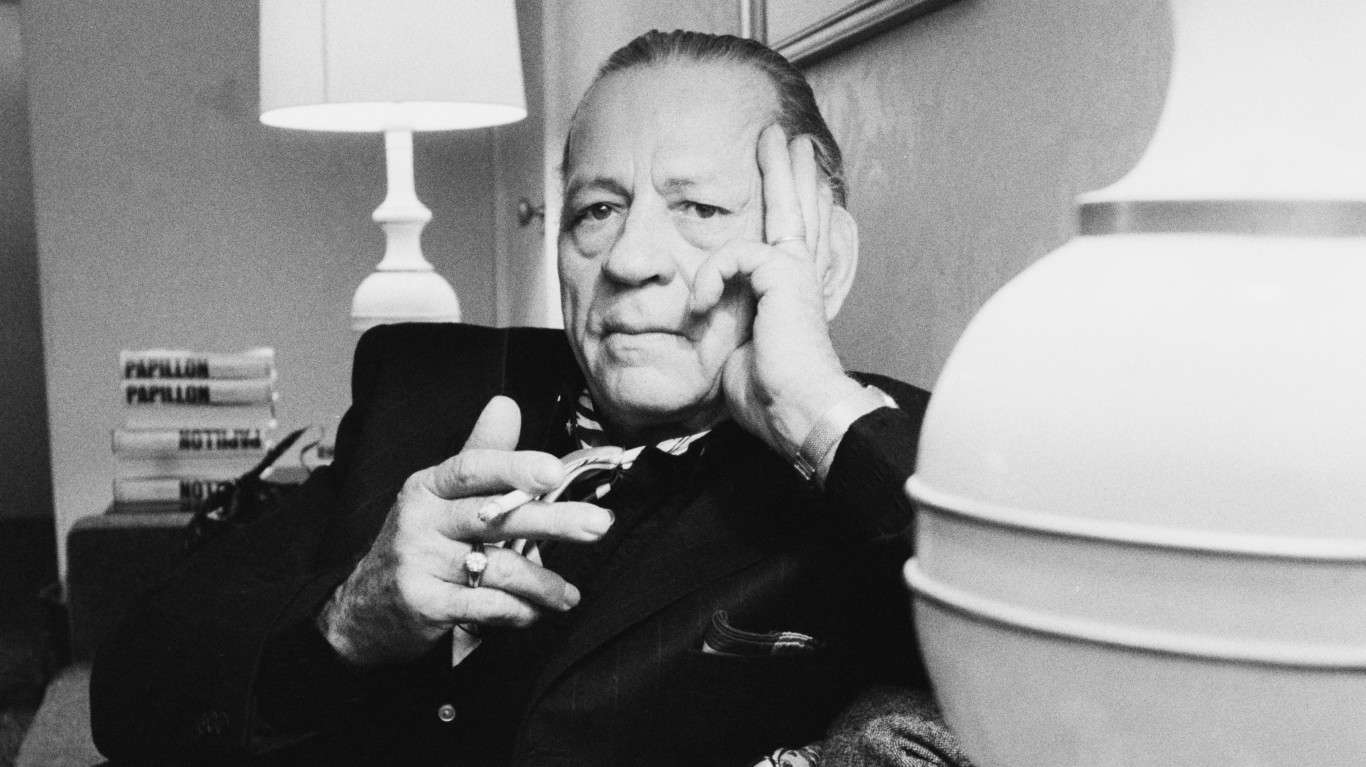
Henri Charrière
> Places of incarceration (?): Prison of St-Laurent-du-Maroni and Île du Diable (Devil’s Island), French Guiana
> Year(s): 1933-1941
Charrière‘s story is well-known, because he wrote a novel based on his incarceration and escape called “Papillon” (“Butterfly”) – made into a 1973 movie in which he was portrayed by Steve McQueen. According to his account, Charrière was convicted of murdering a pimp and sent to a prison on the mainland of French Guiana in South America. After he somehow escaped and was recaptured, he was sent to the notorious Devil’s Island internment camp off the French Guiana coast. He escaped the island on a raft made out of coconut sacks, he claimed, then made it to Venezuela, where he was rearrested. According to official French records, however, Charrière was never sent to Devil’s Island and spent little time in the St-Laurent prison, as he was quickly assigned to work at a nearby prison hospital, where he appears to have heard escape stories from recaptured inmates. He did apparently walk away from the hospital and later from a forest camp on the Guiana mainland, under unclear circumstances. He was given his freedom in 1945, married a Venezuelan woman, opened a couple of restaurants, and died in Madrid at 66.
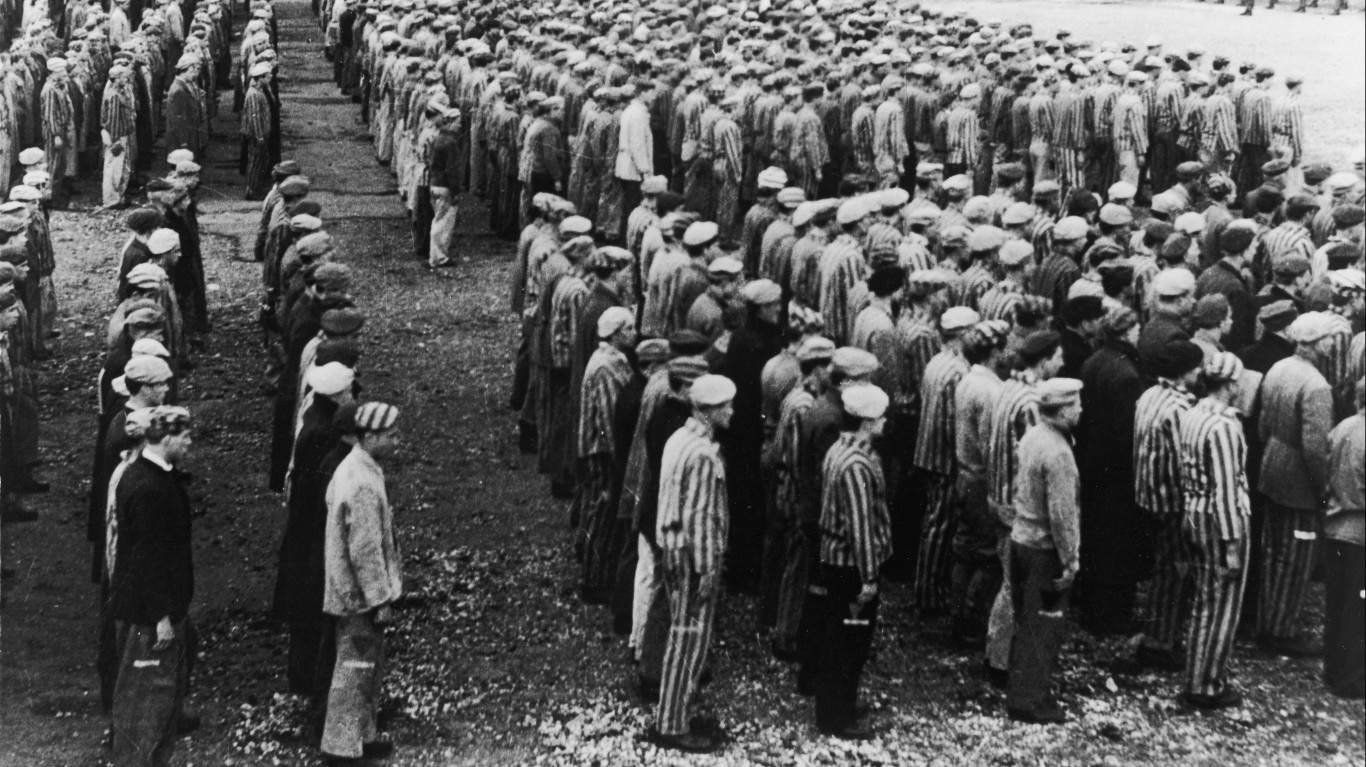
Nine Polish prisoners
> Place of incarceration: Auschwitz-Birkenau, Oświęcim, Poland
> Year(s): 1942
More than 800 people attempted to escape the notorious Nazi death camp between 1940 and 1945 and almost 400 of them succeeded. Among these were a fraction of the roughly 50 Polish political prisoners who attempted to flee Auschwitz at the end of their work day digging a drainage ditch by running off. The Nazis killed 13 of them as they fled and all but nine of the rest were quickly recaptured. Twenty of those who were caught were shot the next day and 320 prisoners who had had nothing to do with the effort were murdered in the gas chamber in reprisal.
[in-text-ad]
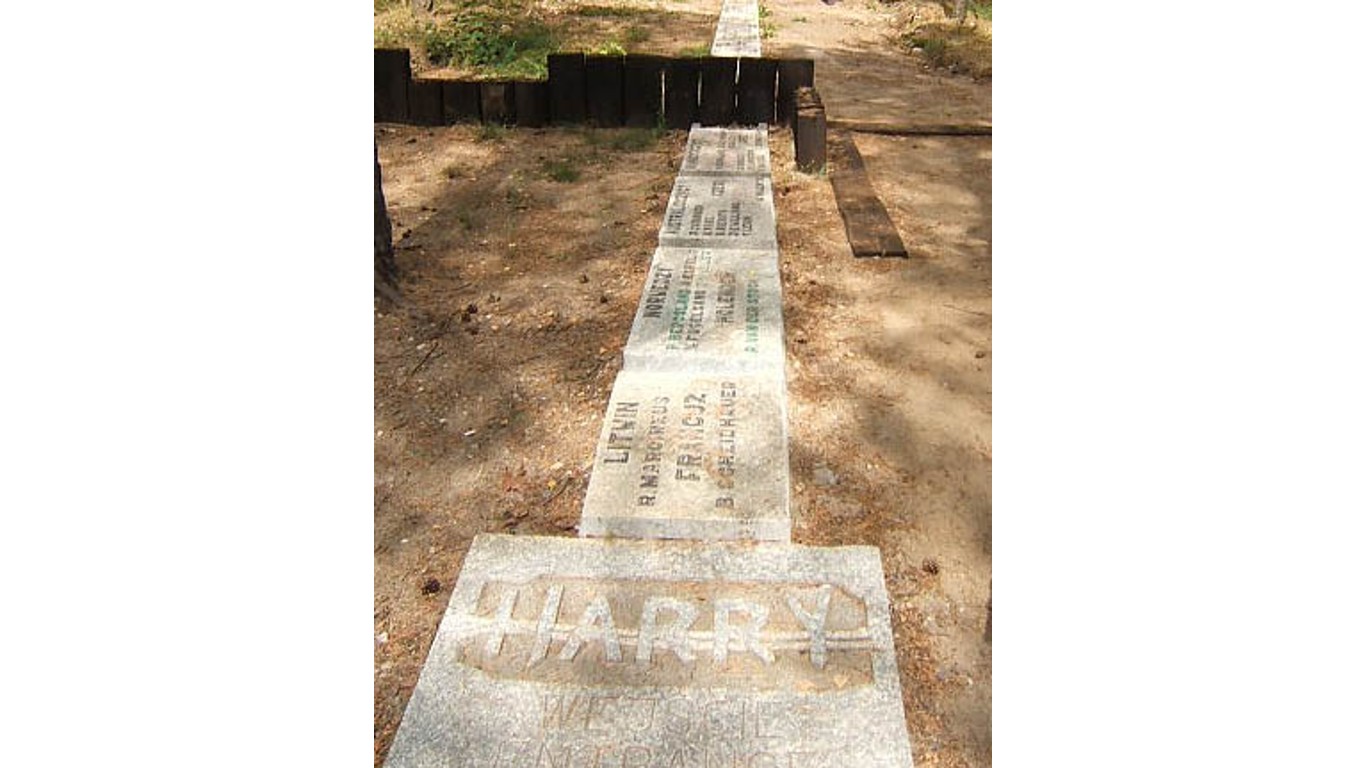
76 Allied prisoners of war
> Place of incarceration: Stalag Luft III, Sagan, Germany (now Żagań, Poland)
> Year(s): 1944
At the instigation of Royal Air Force Squadron Leader Roger Bushnell, a group of imprisoned airmen from Great Britain, the U.S., the Commonwealth nations, and other countries plotted an audacious escape plan that involved the slow, painstaking digging of three separate tunnels – codenamed Tom, Dick, and Harry. The theory was that if one tunnel was discovered, the Germans would never dream that there were two more. Plans called for some 200 prisoners to exit through one of the tunnels – Harry, as it turned out – but because of delays, only 76 successfully made it through. Of their number, 73 were recaptured, and about half of those were executed on Hitler’s orders. Known as “the Great Escape,” the episode was the basis for the 1963 Steve McQueen movie of the same name, as well as other books and films, and the same title and subject matter have been used for several video games.
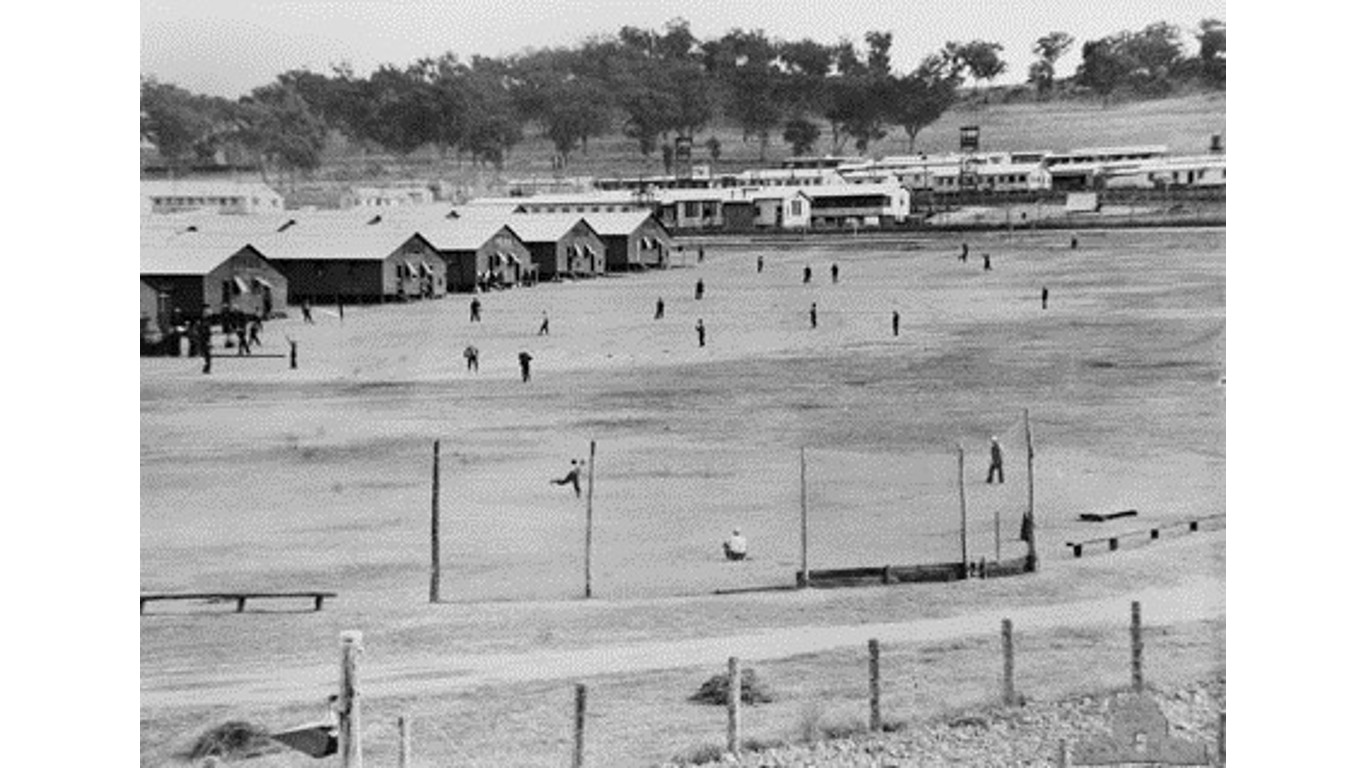
359 Japanese prisoners of war
> Place of incarceration: Cowra POW Camp, New South Wales, Australia
> Year(s): 1944
By far the largest and deadliest POW escape of WWII, the Cowra breakout involved over 1,000 Japanese prisoners who stormed the camp gates, armed with knives, clubs, and other weapons, using blankets to protect themselves from the barbed wire. Four Australian soldiers died in the escape attempt, along with 231 Japanese inmates – some of whom committed suicide. Some 359 of the escapees got away, but all were recaptured (or killed themselves to avoid being retaken) within 10 days.
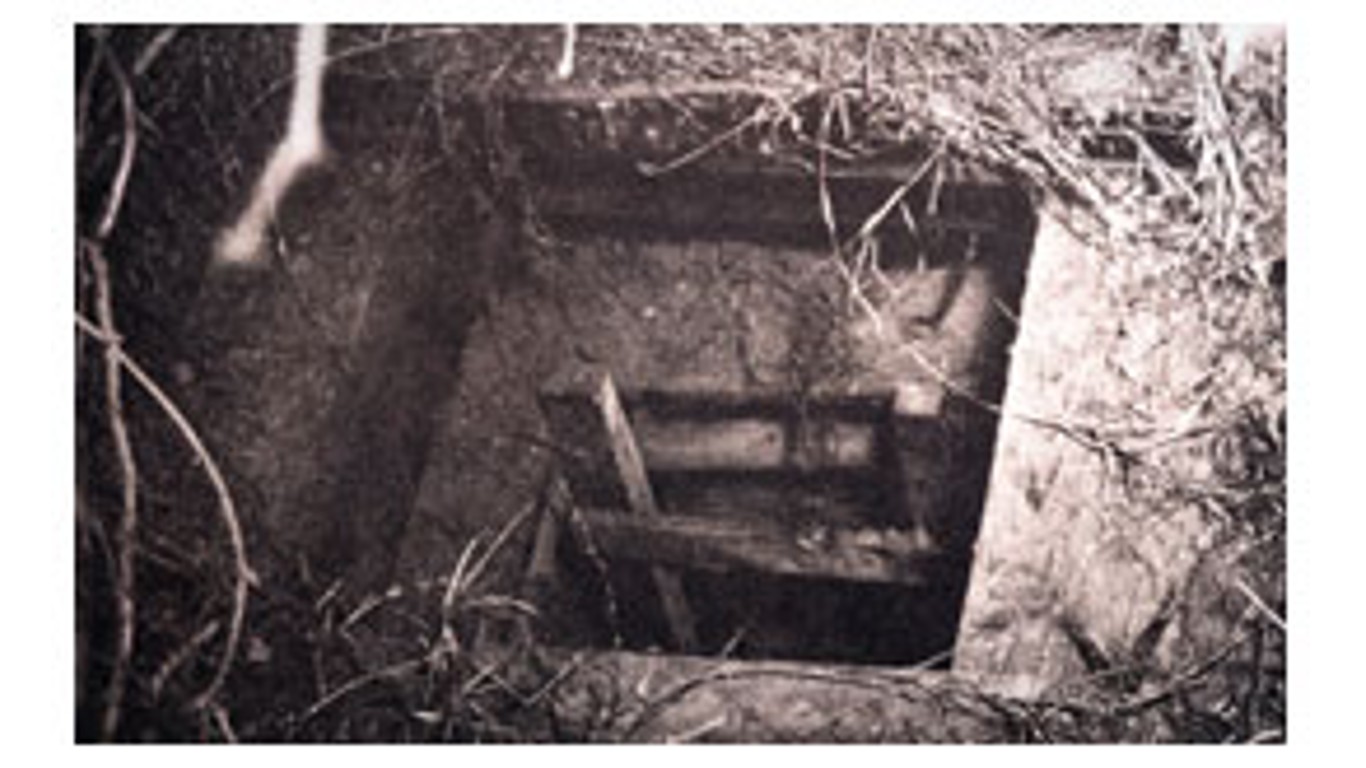
25+ German prisoners of war
> Place(s) of incarceration: Camp Papago Park POW Facility, Arizona
> Year(s): 1944
The largest German POW escape of WWII took place from a camp established near Phoenix. Most of the prisoners were U-boat sailors, and their commander, Captain Jürgen Wattenberg, started making escape plans as soon as he arrived. At his direction, the prisoners dug a 178-foot-long tunnel over a three-month period and at least 25 of them made it out into the desert. As soon as their absence was noted, soldiers from the camp, along with FBI agents and Papago Indian scouts, launched what was described at the time as “the greatest manhunt in Arizona history.” All the escapees were soon recaptured.
[in-text-ad-2]
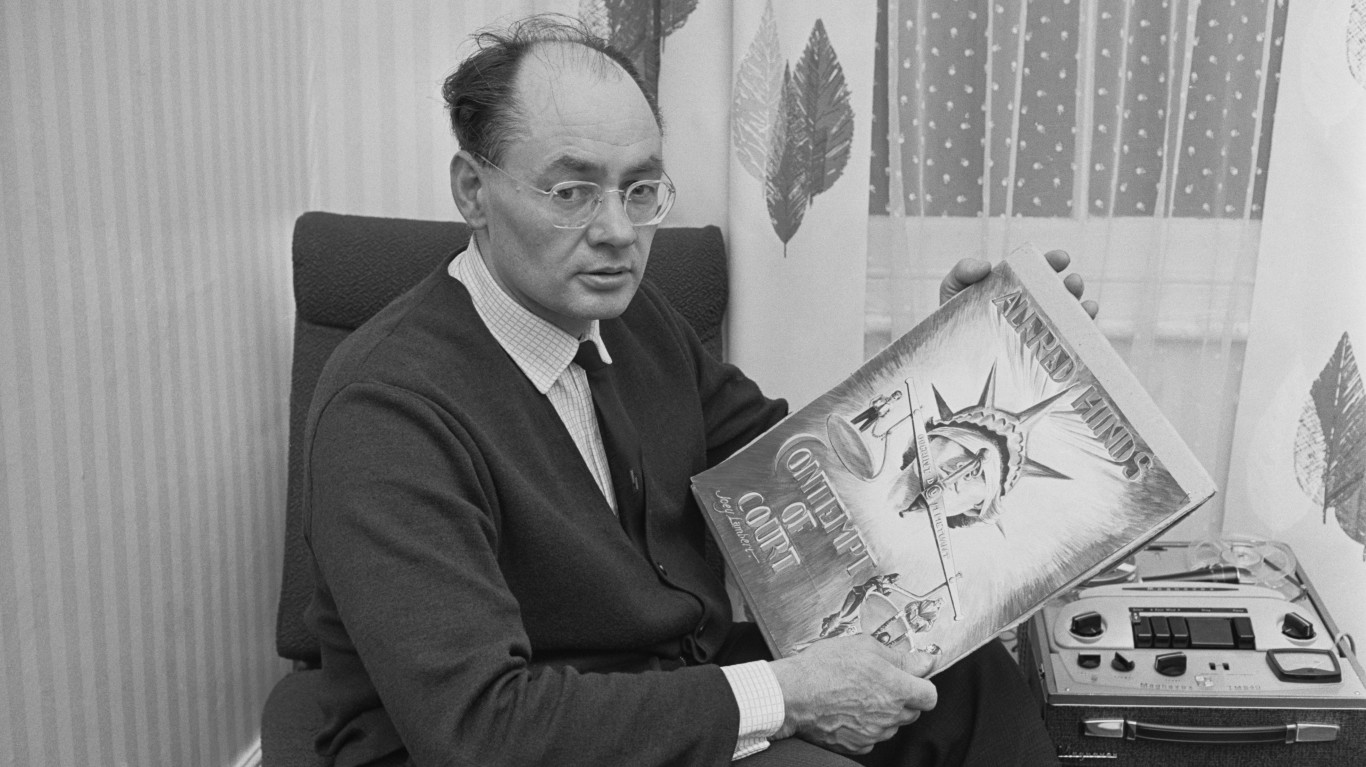
Alfred Hinds
> Places of incarceration: HM Prison Nottingham, Nottingham; London Law Courts, London; HM Prison Chelmsford, Chelmsford, England
> Year(s): 1955, 1957
Hinds escaped from custody three times while serving the same 12-year sentence for robbery. The first time, he somehow found his way through locked doors and over a wall at Nottingham Prison, earning him the nickname “Houdini Hinds.” Recaptured not quite two years later, he slipped away from guards at court while using the restroom, but was retaken at the airport five hours later. Incarcerated at the high-security Chelmsford Prison, he again escaped, though the details of this getaway are unknown. His exploits earned him celebrity status and he was eventually able to obtain a pardon using legal technicalities.
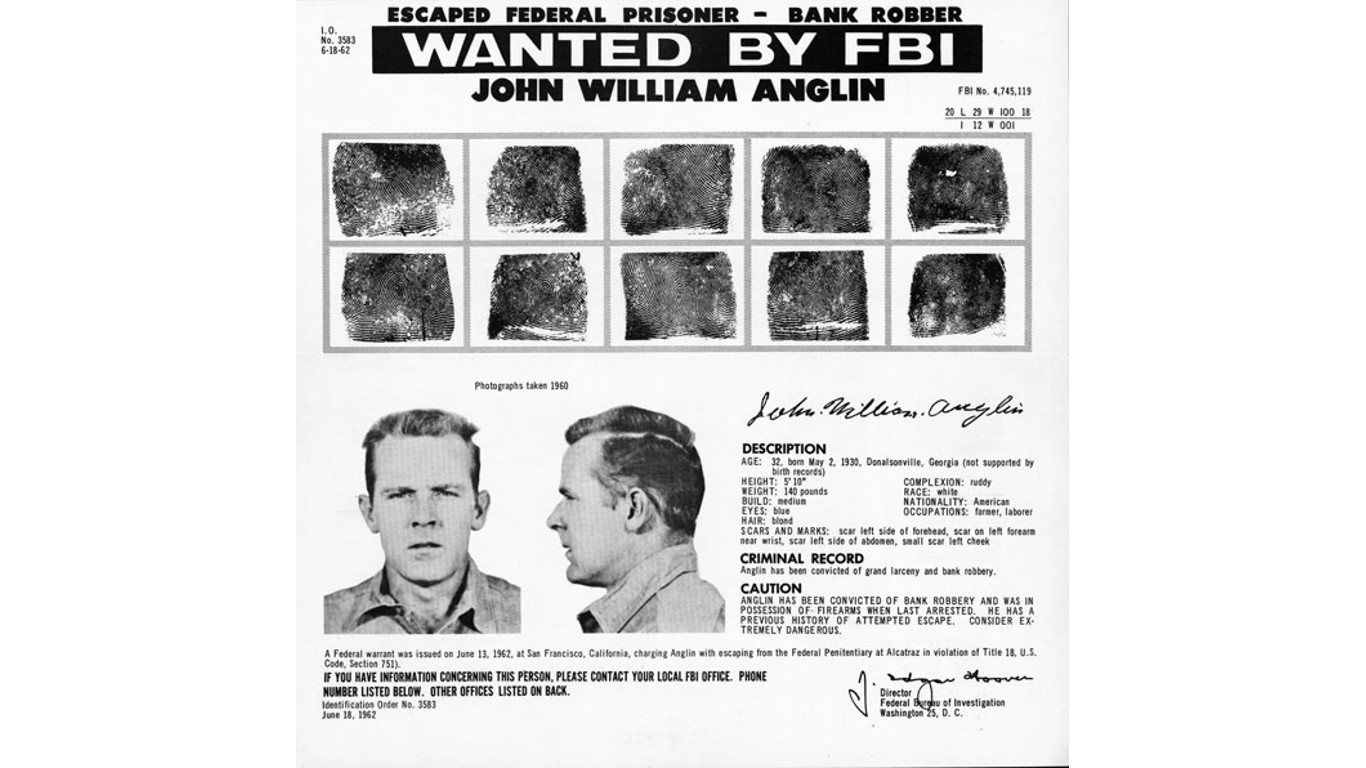
Frank Morris, John and Clarence Anglin
> Place of incarceration: Alcatraz Federal Penitentiary, San Francisco, California
> Year(s): 1962
Between the time Alcatraz, a rocky island in San Francisco Bay, was commissioned as a federal prison in 1934 and its closure in 1963, there were 14 known attempts at escape. All but one (probably) failed. Convicted burglar Morris and the bank robber Anglin brothers are the only three who may have been successful. Using spoons, forks, and a drill they improvised with a vacuum cleaner motor, the three dug their way into an unguarded utility corridor, then escaped through an air vent, leaving papier-mâché models of their heads sticking out of the covers on the bunks in their cells to fool the guards. The three fashioned a raft out of 50 rubber raincoats collected for them by other prisoners and may have reached nearby Angel Island or the mainland. Wherever they went, they were never seen again. In 1979, the FBI closed the case, reasoning that the icy waters and strong currents in the shark-infested bay would have done them in. The three remain on the U.S. Marshals Service’s wanted list, however.
[in-text-ad]
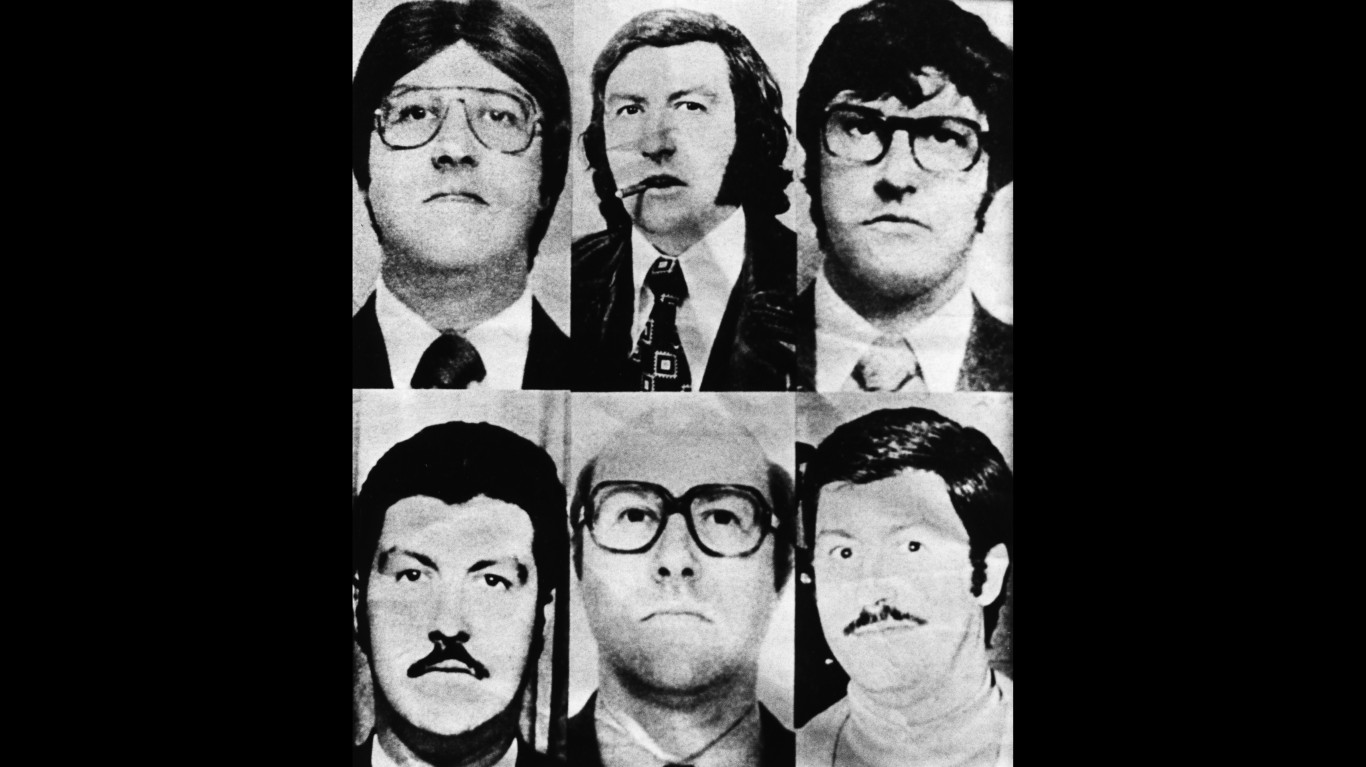
Jacques Mesrine
> Places of incarceration: Percé Detention Center, Percé, and, St-Vincent-de-Paul Prison, Laval, Quebec, Canada; Palais de Justice Compiègne, Compiègne, and La Santé Prison, Paris, France
> Year(s): 1969, 1972, 1978
The so-called “French Robin Hood” was a thief, kidnapper, and murderer whose daring exploits, penchant for disguises, and glamorous girlfriends turned him into a folk hero in French Canada and France. After serving two short prison sentences, Mesrine fled France for Quebec. A failed attempt at kidnapping got him jailed for 10 years. He escaped by means not revealed but was quickly recaptured. Sent to the more secure prison of Saint-Vincent-de-Paul, he cut through a wire fence and got out. The following month, he and a fellow escapee boldly returned to the prison to try to orchestrate a mass jailbreak, an effort that failed. Returning to France, he was rearrested and given a 20-year sentence at La Santé, the notorious maximum security prison in Paris, by the court at Compiègne. However, he took a judge there hostage with a revolver a confederate had hidden for him and got away. Four months later, he was found and returned to La Santé. The following year, he and two other prisoners somehow acquired a grappling hook, then forced some workmen to bring them an extension ladder. They used this to scale a 46-foot wall, then attached the grappling hook to the top of the ladder, tossed a rope over the wall, and slid down to freedom. One of the men was shot by a policeman, but Mesrine and the other man stole a car and got away. Some 18 months later, he and his mistress were tracked down in Paris and he was shot and killed by police marksmen.

Billy Hayes
> Place of incarceration:İmralı prison
> Year(s):1975
In 1970, college student Hayes was arrested while trying to carry four pounds of hashish out of Turkey. He originally got a sentence of four years and two months for possession of the drug, but the authorities planned to upgrade the charge to smuggling, which could carry a life sentence. Diplomatic efforts by the U.S. apparently arranged for him to be paroled after serving eight years, but Hayes couldn’t wait, and after five years in various Turkish institutions, he managed to escape from an island prison in the Sea of Marmara by stealing a rowboat and making it to the mainland, where he pretended to be a local and made his way to the Greek border and ultimate freedom. Hayes wrote a book about his experiences, “Midnight Express,” later filmed with Brad Davis playing him.
Ted Bundy
> Places of incarceration: Pitkin County Courthouse, Aspen, and Garfield County Jail, Glenwood Springs, Colorado
> Year(s): 1977
A serial killer responsible for the rape and murder of dozens of young women, Bundy escaped from the courthouse in Aspen during a preliminary hearing. Because he was acting as his own attorney, the judge had okayed the removal of his handcuffs and leg shackles. He asked to visit the courthouse law library for research, and while there, opened a window and jumped two stories to the ground. He was rearrested six days later and moved to jail in Glenwood Springs. There, despite his lawyers’ opinion that his case might fall apart, he escaped again – this time by sawing through the bars reinforcing the ceiling in his cell, making his way through the crawlspace to the chief jailer’s quarters, changing into the jailer’s clothes, and walking out the door. About six weeks later, after having made his way to Florida, where he attacked six more women, killing three of them, he was seized after a traffic stop. Finally convicted and sentenced to death, he apparently made plans to escape during a long stay on Death Row, but never managed it. He was electrocuted in 1989.
[in-text-ad-2]

James Earl Ray
> Places of incarceration: Missouri State Penitentiary, Jefferson City, Missouri; Brushy Mountain State Penitentiary, Petros, Tennessee
> Year(s):1967, 1977
Nine years before he murdered Dr. Martin Luther King Jr., Ray was jailed in Missouri for armed robbery, but escaped by hiding in a truck carrying bread baked in the prison bakery. He remained at large, living around the United States and in Canada, Mexico, and what was then Rhodesia (now Zimbabwe) until 1968. That year, after he’d shot King in Birmingham, Alabama, he headed back to Canada, then to the U.K. – where he was arrested and extradited to the U.S. Confessing to the murder (a confession he later recanted) in 1969, he was given a 99-year prison sentence. In 1977, he and six other prisoners escaped from the state pen by using a ladder they’d made out of rope to scale the wall. He lasted 54 hours at liberty before being returned to custody. He eventually died in a prison hospital.
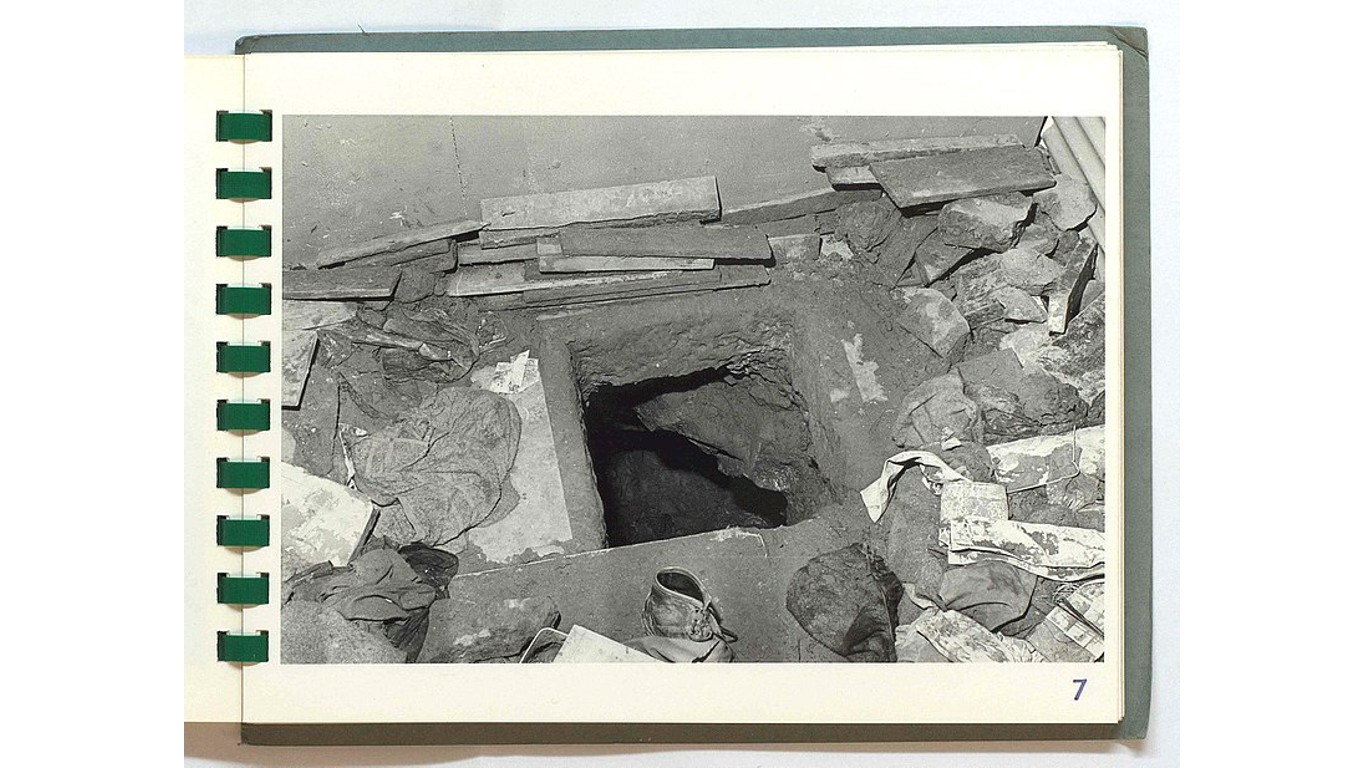
38 IRA prisoners
> Place of incarceration:</strong >HM Prison Maze, Lisburn, Northern Ireland
> Year(s): 1983
In what remains the largest prison break in British history, 38 members of the Provisional Irish Republican Army escaped from the infamous, supposedly escape-proof Maze Prison near Belfast (a place notorious because 10 IRA inmates had died there two years earlier in a hunger strike protesting the British revocation of their status as political prisoners). Sympathizers smuggled guns and knives into the prison, and the inmates quickly overpowered the guards – who were armed only with nightsticks. They made their way to the prison gates in a commandeered food delivery truck, and when guards blocked the road, they abandoned it and scaled the last fence between them and freedom. Within 24 hours, 19 of the escapees had been recaptured. Others made it across the border into the Irish Republic or found their way to America, but most were eventually killed or rearrested.
[in-text-ad]

The Texas Seven
> Place(s) of incarceration: John B. Connally Unit, Kames County, Texas
> Year(s): 2000
Seven convicts serving time in a maximum-security prison near San Antonio, convict of crimes including murder, murder-for-hire, aggravated sexual assault, and robbery, made their getaway through an intricate plan: First, they quietly subdued maintenance workers, correctional officers, and several uninvolved inmates, one at a time, tied and gagged them, and stashed them in an electrical closet. Then some of them, wearing clothing taken from their victims, pretended to be civilians installing video equipment, allowing them to overpower more officers and steal a prison pick-up truck. They drove it to the prison’s back gate, where they picked up their colleagues and left the site. About six weeks later, after the case had been featured on “America’s Most Wanted,” six of the seven were tracked down and arrested, while the seventh killed himself before he could be taken. While at large, four of the group had killed a police officer while robbing a sporting goods store, and as a result all six survivors were charged with murder and sentenced to death. Four have since been executed, while the others remain on Death Row.
Pascal Payet
> Place(s) of incarceration: Centre Pénitentiaire d’Aix-Luynes, Luynes; Maison d’Arrêt de Grasse, France
> Year(s): 2001, 2007
In his quest for freedom, Payet looked to the skies. Jailed for his part in an armored car robbery in which a guard was killed, Payet arranged for a friend to hijack a helicopter from an airport near his prison, land it in the jail yard, and spirit him to the outside. Two years later, still at large, he became the hijacker, taking over another whirlybird and using it to free three of his friends from the same institution. Two years after that, while he was serving time for the armored car murder at a different prison, four masked men seized another copter and again broke Payet out of jail. He was recaptured two months later in Spain and was imprisoned at a location kept secret for obvious reasons.
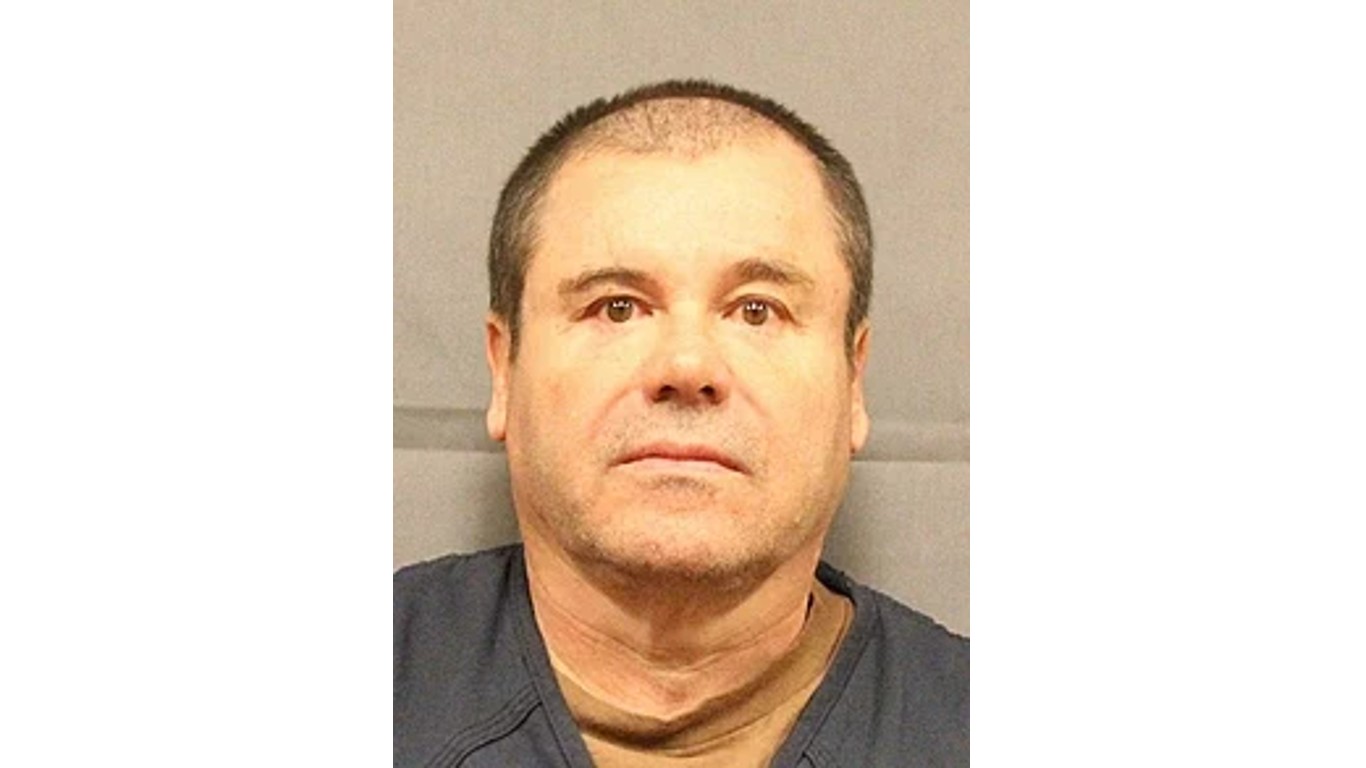
Joaquín “El Chapo” Guzmán
> Place of incarceration: Federal Social Readaptation Center No. 1, Almoloya de Juárez, Mexico
> Year(s): 2001, 2015
The notorious drug kingpin known as “El Chapo” (“The Short One”) – former leader of Mexico’s feared Sinaloa Cartel – was serving time in Mexico on drug and money laundering charges when he heard that he would be extradited to the U.S. Before that could happen, he bribed guards, reportedly at a cost of $2.5 million, to smuggle him out of the prison in a laundry cart. He remained at large, running his murderous business, for 13 years, often hiding the mountains. Finally rearrested, Guzmán again found himself in a Mexican prison facing extradition. This time, he exited through a narrow tunnel dug by his confederates, reaching almost a mile from the prison, between a building site and the shower room of the jail (where there was no video surveillance.) The tunnel was a sophisticated work of engineering, complete with ventilation system and lighting. The following year, Guzmán was apprehended again in a bloody raid and transferred to American custody. He is now serving a sentence of life plus 30 years at ADX Florence in Colorado, the nation’s most secure supermax prison.
[in-text-ad-2]

Richard Matt and David Sweat
> Place(s) of incarceration: Clinton Correctional Facility, Dannemora, New York
> Year(s): 2015
In an episode that struck fear into residents of Clinton County in far northeastern upstate New York, two violent criminals serving lengthy sentences for murder broke out of the correctional facility in Dannemora by cutting a hole in a large steam pipe using tools provided to them by two cooperating prison employees. They went down through the pipe to the city sewer, and from there went free. One of the men, Matt – who had escaped from several prisons previously – was found three weeks later and shot dead while resisting arrest. The other man, Sweat, was shot non-fatally and returned to jail.
Thank you for reading! Have some feedback for us?
Contact the 24/7 Wall St. editorial team.
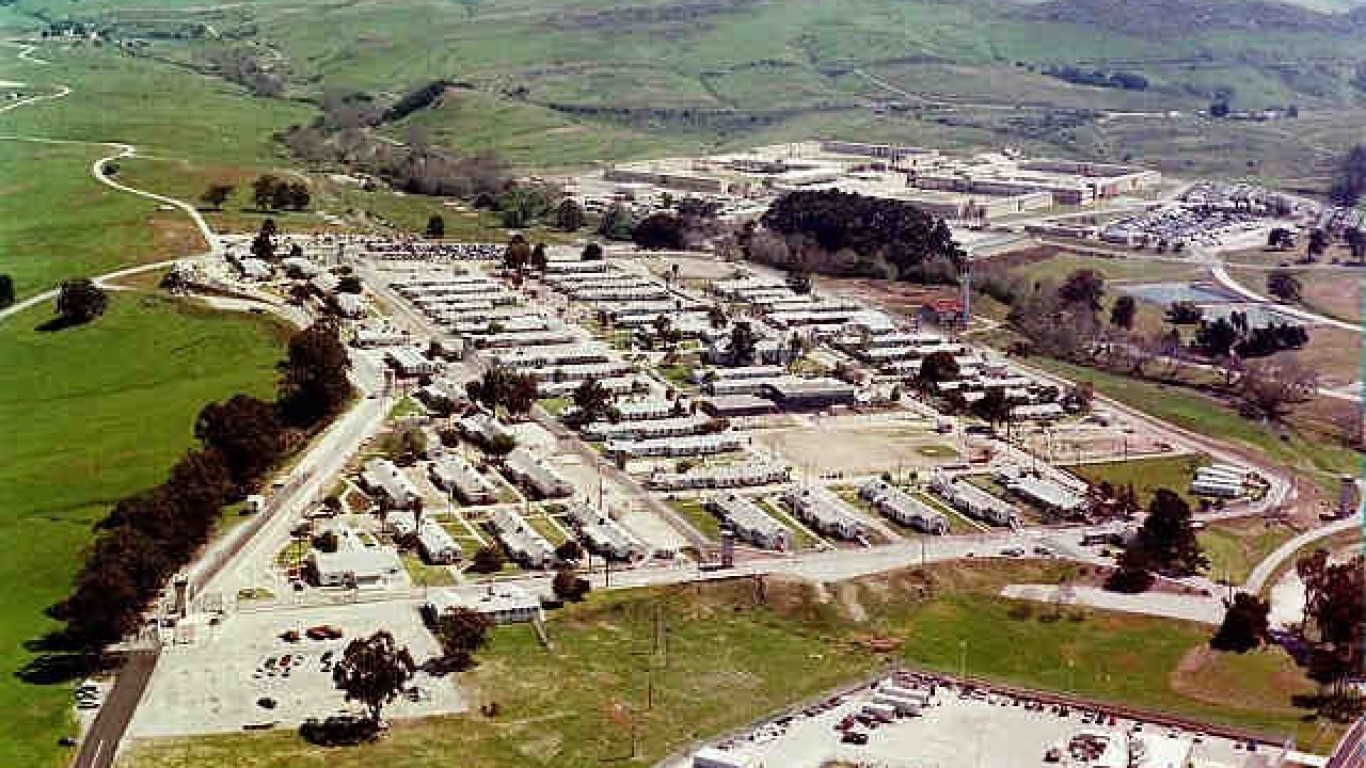 24/7 Wall St.
24/7 Wall St.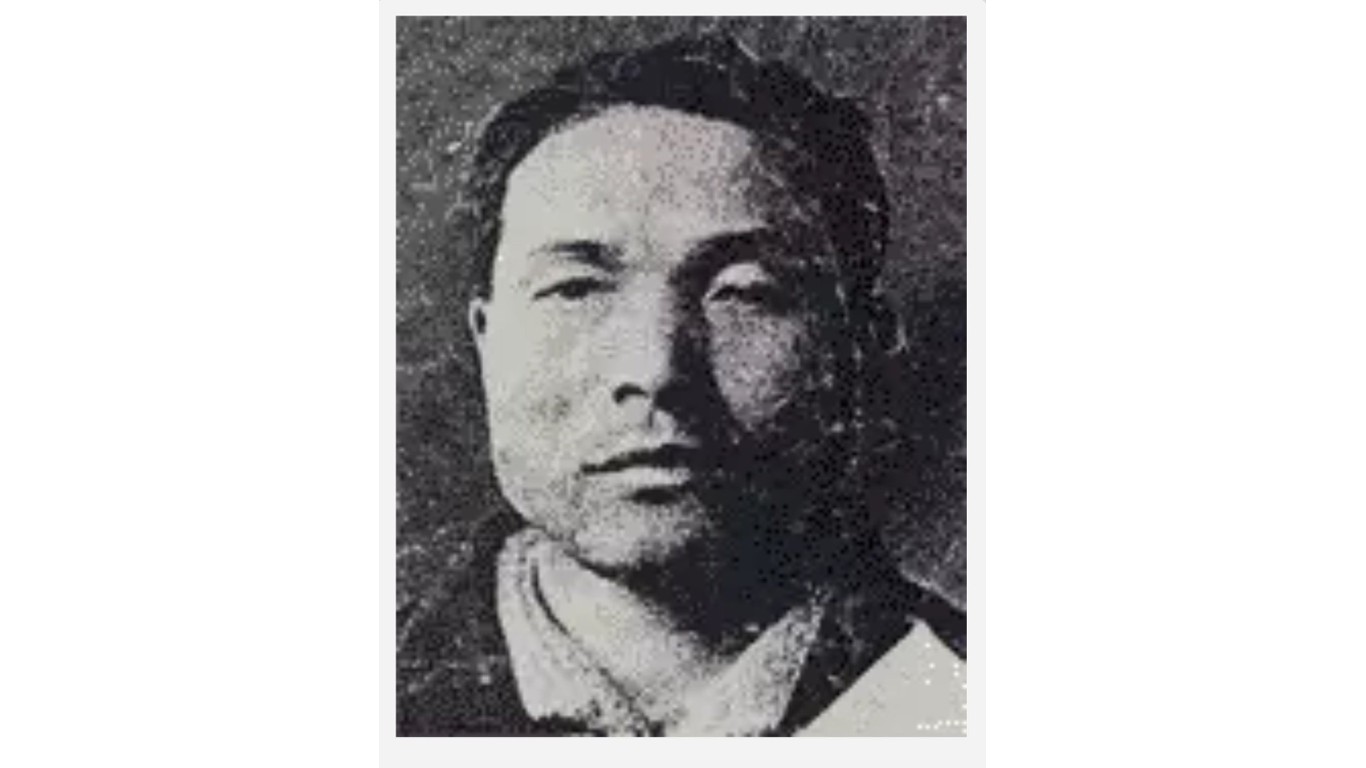
 24/7 Wall St.
24/7 Wall St.